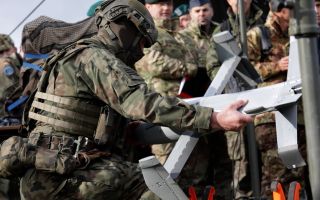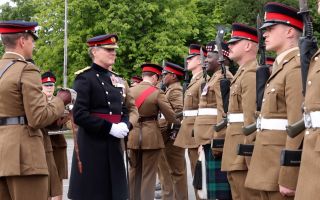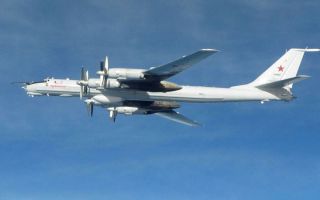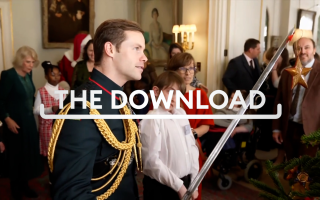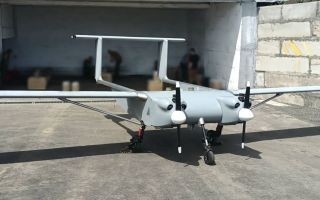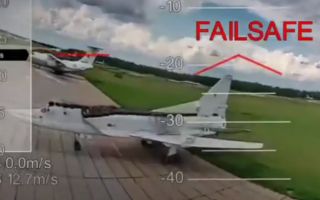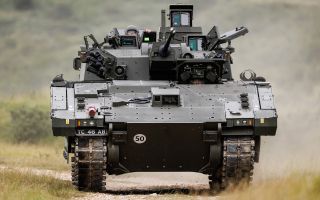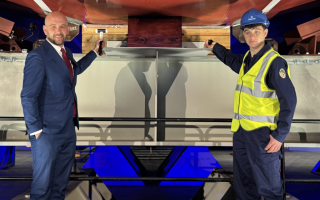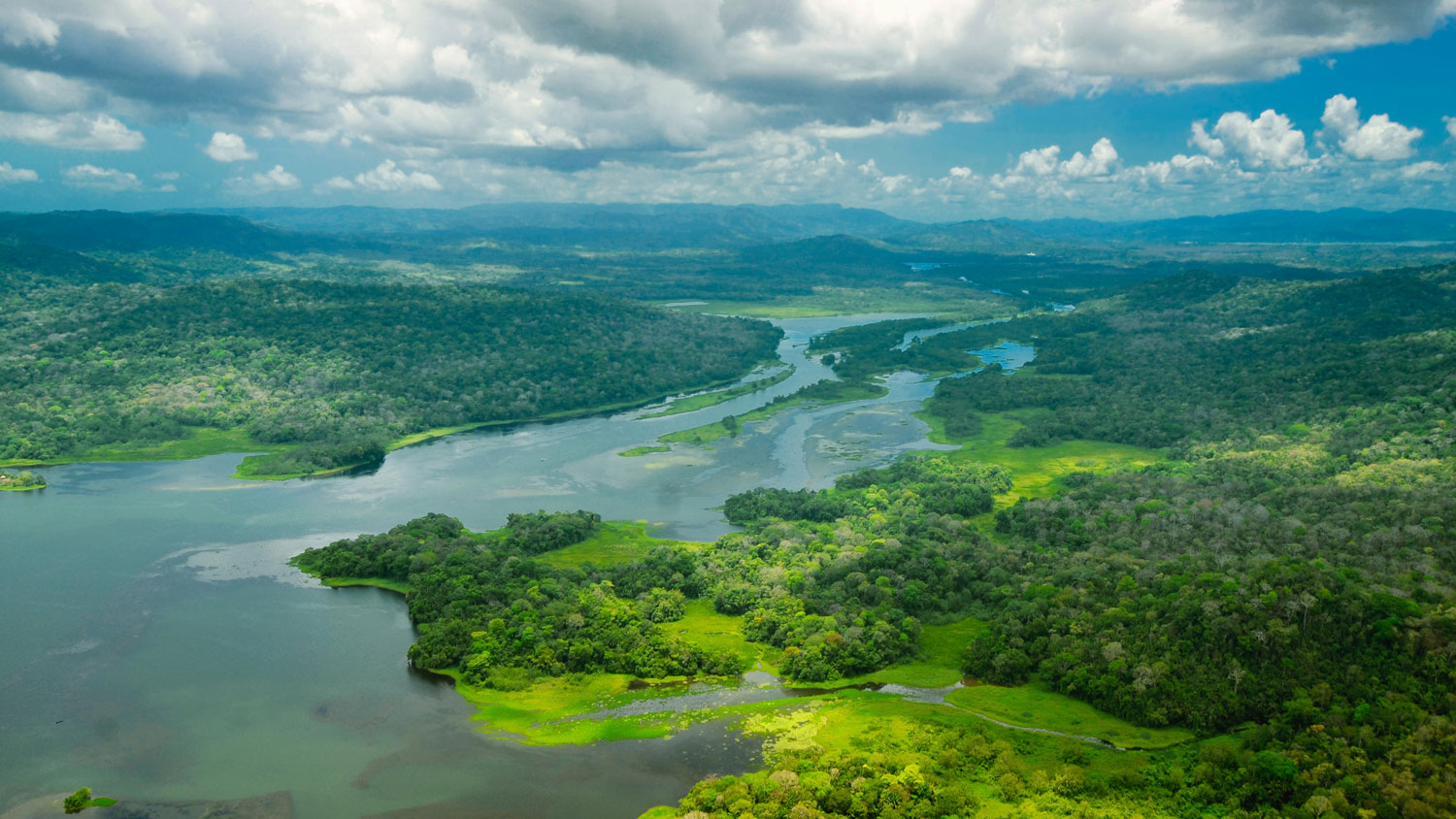
Military or emotion: Why does Donald Trump want to take back the Panama Canal?

The Panama Canal is an 82km artificial waterway that connects the Atlantic Ocean with the Pacific Ocean via its Central American namesake.
It's one of the most critical waterways in the world and is a much quicker path of transit than going round the Cape of Good Hope at the tip of South America – a treacherous and dangerous sea lane.
The canal provides a huge amount more flexibility and increases the speed of response – roughly 5% of global trade is estimated to flow through it.
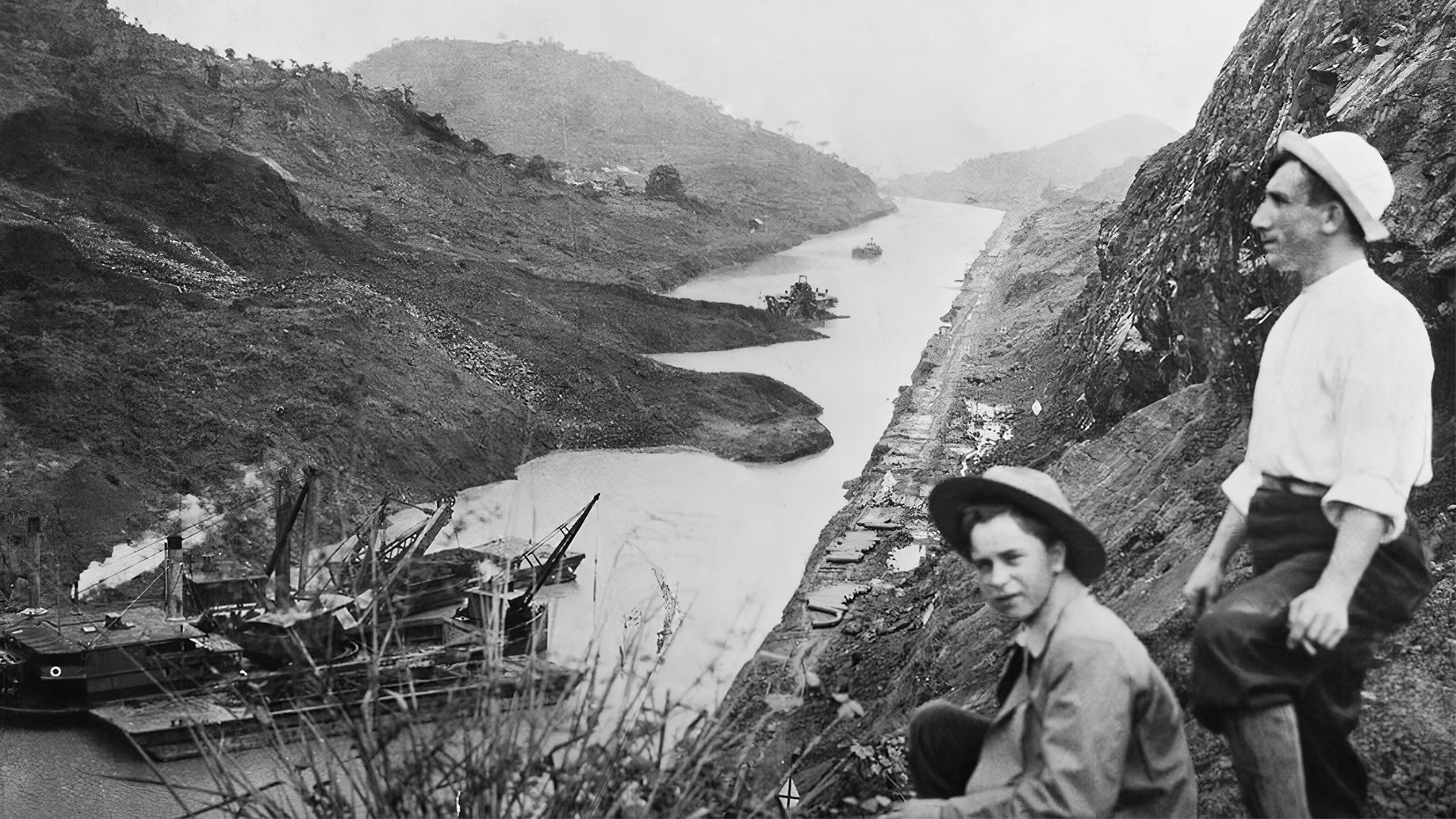
The United States owned and managed the waterway from its creation in 1914 until full Panamanian control of the canal was given in 1999, but this was guaranteed by the 1977 Torrijos-Carter Treaties.
The canal has been vital for armed forces all over the globe in the last century.
In the Second World War, it was hugely important in the movement of men and materiel – and provides a buffer zone that all great superpowers are interested in having.
The waterway is mainly used by military transport ships to move supplies, equipment and personnel between bases in the Caribbean and the Pacific – helping vessels move from one side of the globe to the other.
Last year, HMS Protector travelled through the Panama Canal on her way back from an icebreaking mission and on to Antarctica – the crew described it as a "bucket list" journey.
Nations have invested resources in America's southern flank to make sure that they've got outposts, bases and mustering zones for military supplies and military personnel outside of the continental United States.
For the US, it provides a much quicker, reliable and controllable point of contact between the Atlantic and the Pacific, to maintain this interest in both oceans.
However, it's so narrow that you can't transport the largest US Navy ships, such as some types of aircraft carrier.
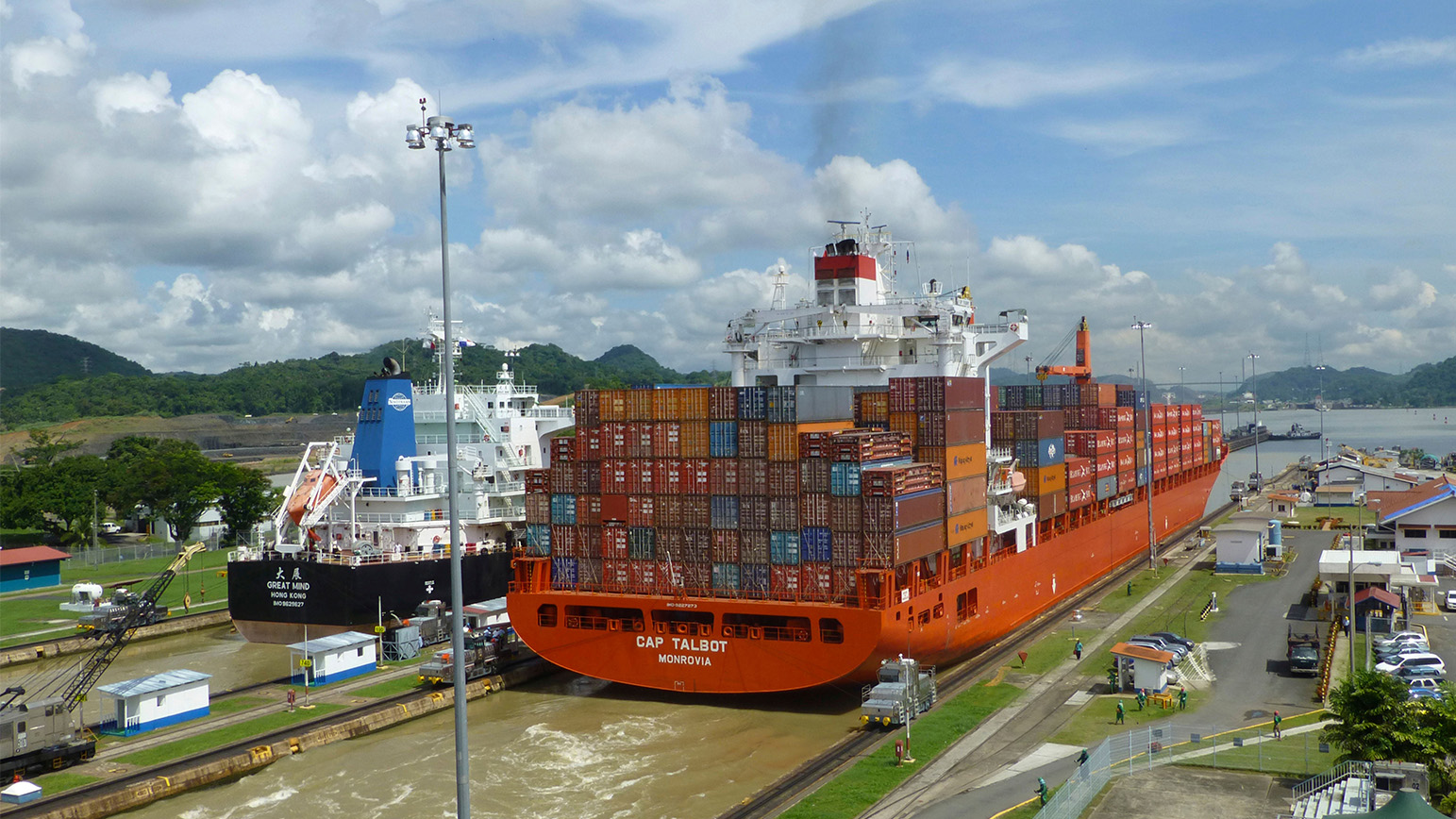
US President wants it back
Donald Trump has threatened to take the canal back by force.
He's cited "exorbitant" fees being allegedly charged for US vessels to pass through it – an allegation which has been rejected by Panamanian authorities.
Dr Alexander Henry, a lecturer in Modern History at the University of Nottingham, explains that the canal has been a contentious issue for America since it relinquished control in 1999.
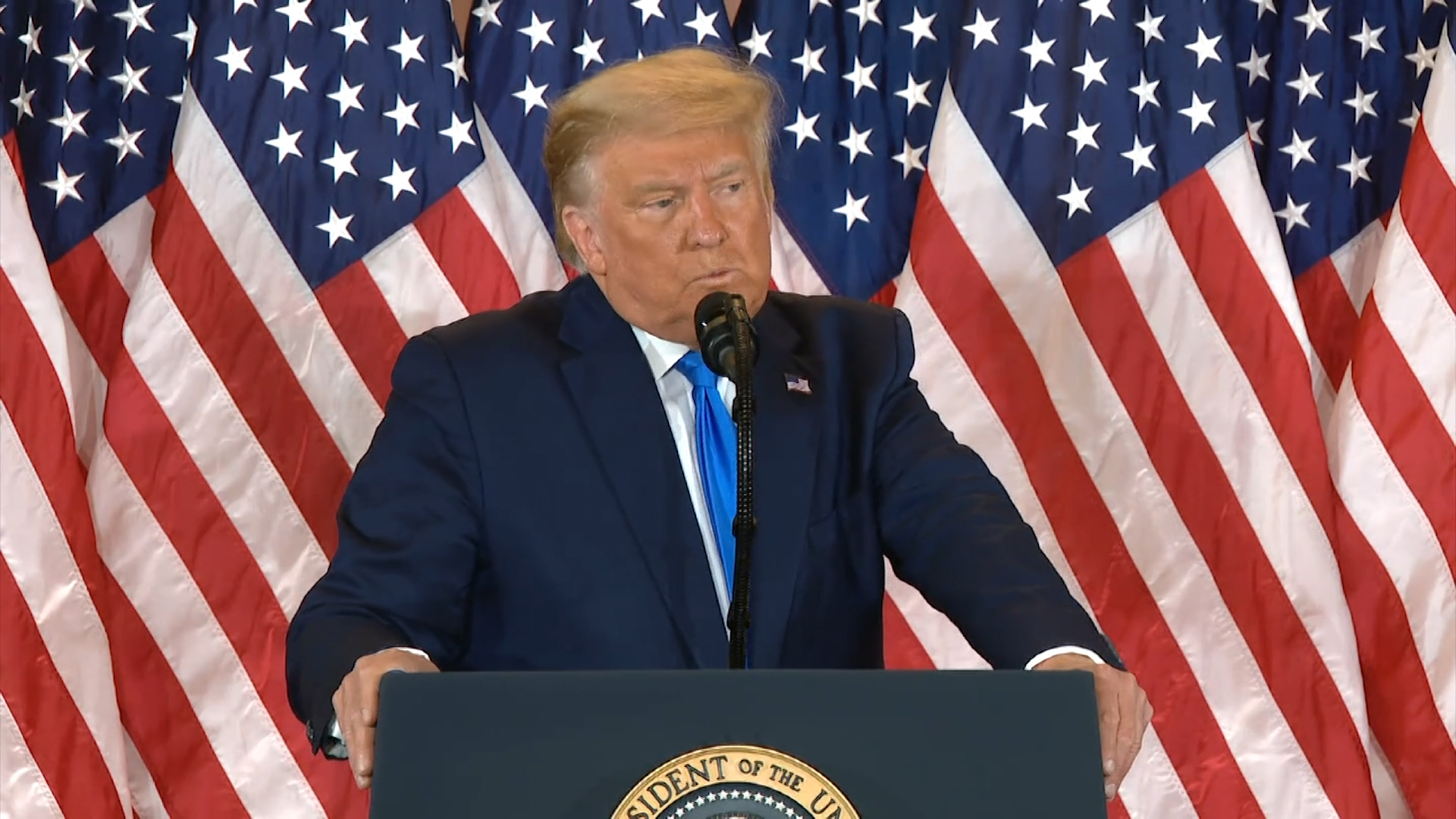
"1914 onwards is when America started pulling together its resources and achieving its ability to become a global superpower," he said.
"I don't think it's a coincidence that that eclipses the time when the Panama Canal was completed.
"Historically, the United States has placed a great dealof importance and military pride on having a two-ocean Navy.
"It's not just allowing your ships to go through, it means that you can keep an eye on what's going through, even if you are letting them through."
Cat among the pigeons
While there is a direct military interest, emotions also have a part to play.
"These emotions are what's underpinning Trump's style of foreign policy – which preys on nostalgia, pride and also national humiliation," Dr Henry continued.
"Mr Carter was trying to come to terms with a post-Vietnam American foreign policy.
"His decision was to really try and roll back that aggressive, Cold War legacy that had been given to him by the previous generation of American presidents.
"Whilst it made sense at the time, looking at that decision from a position of American right-wing populism in 2025, that's humiliation, that's weak, that's giving in to Panama."
The history between the United States and Latin America is defined by a mix of cooperation, economic influence, military intervention and political tension.
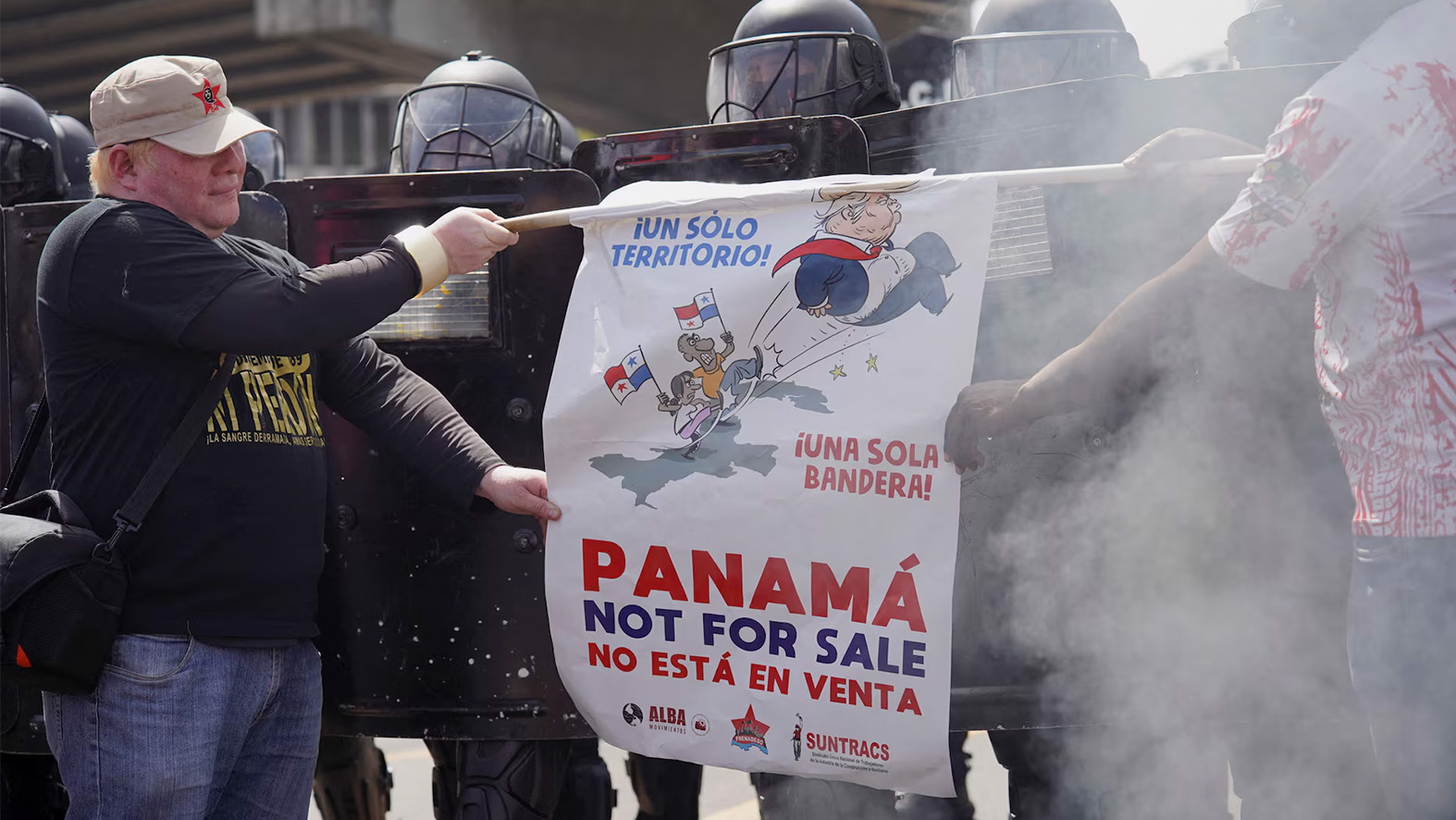
After Mr Trump's announcement, 200 people marched in Panama City when US Secretary of State Marco Rubio visited Panamanian President José Raúl Mulino.
Dr Henry said: "There is an imbalance of geopolitical power here, but that has the chance to really derail and throw a cat amongst the pigeons of wider relations with Latin America and Central America.
"I think it could remind a lot of people in Latin America of the long and painful history of American colonial, post-colonial, Cold War meddling in that part of the world – the destabilisation and the violence."
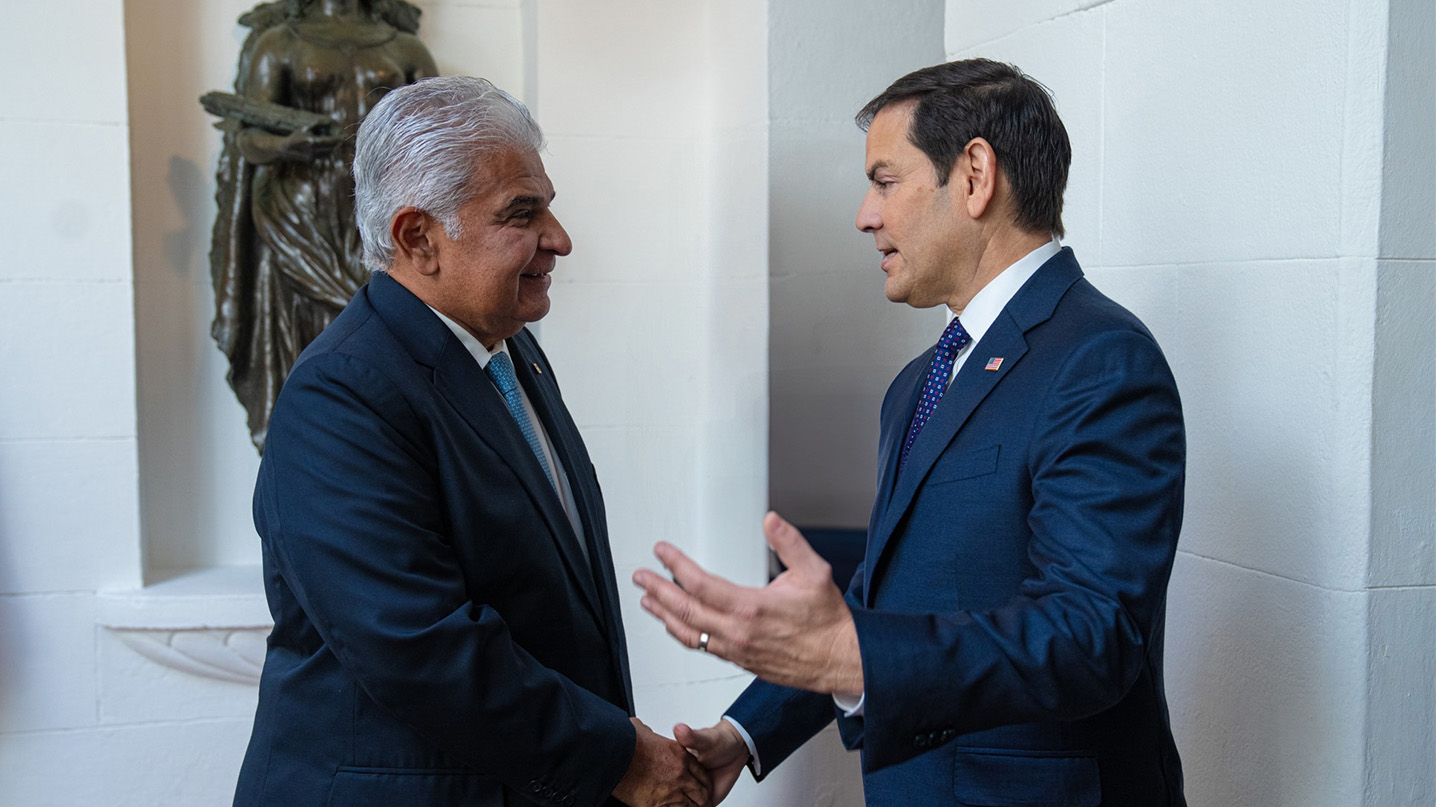
Red rag to a bull
Donald Trump has posted on social media that the "wonderful soldiers of China" were "lovingly, but illegally, operating the Panama Canal" – a claim which was denied by officials in Panama City and Beijing.
There's no evidence that the Chinese government exercises control over Panama, but it does have a significant presence there.
China accounted for 21.4% of the cargo transiting the Panama Canal from October 2023 to September 2024, making it the second largest user after the US.
Hutchison Ports, a Hong Kong-based company, operates key container terminals at both ends of the canal.
Dr Henry explained: "Chinese investment in Panama is shoring up for China's own international and regional control.
"This is about security, protecting sovereignty and the independence of the Chinese state for foreign intervention.
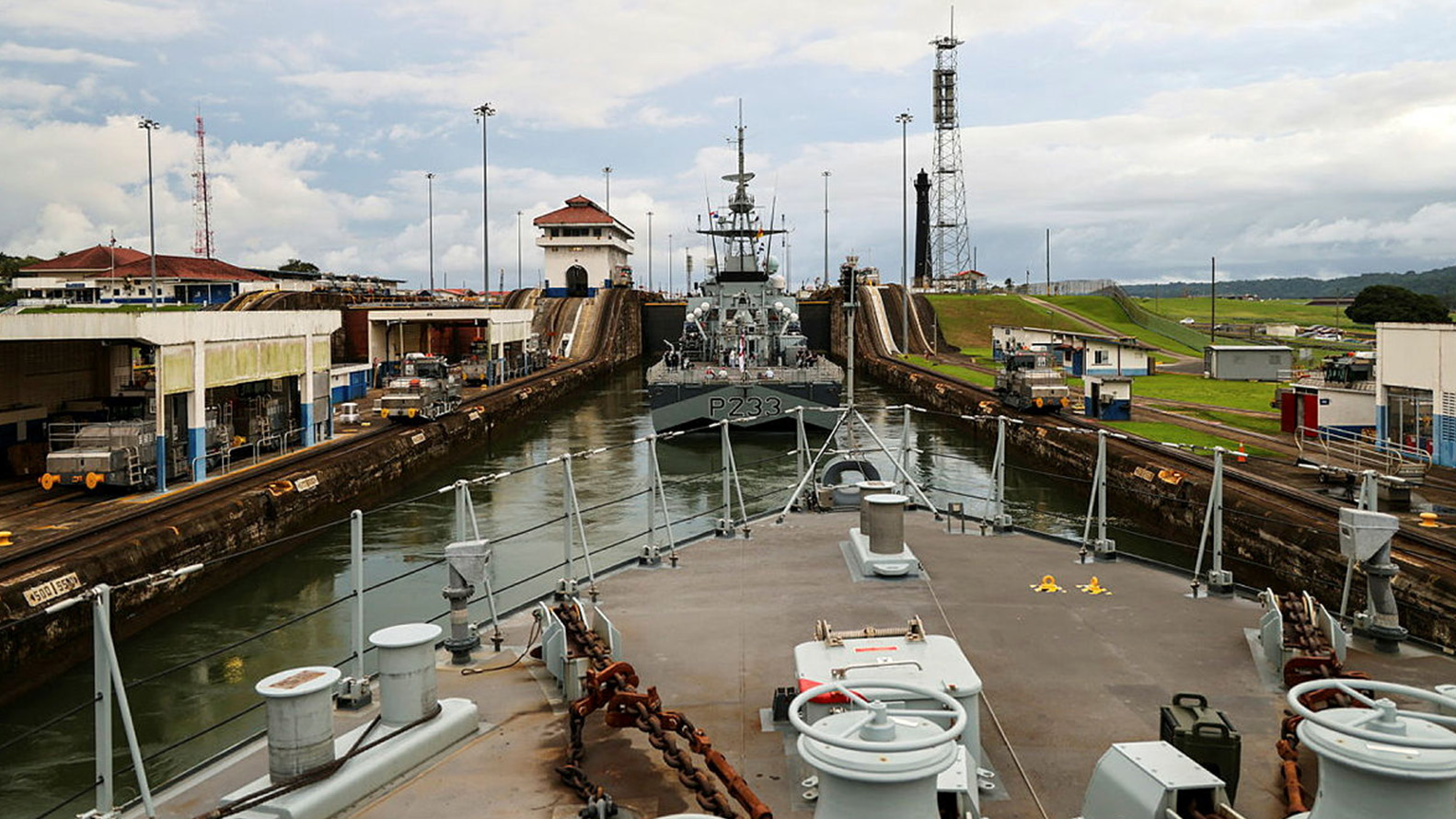
"It's a classic rivalry of two big powers, fighting over supremacy, muscling and wrestling in the same area, primarily the Pacific.
"It's possible that this may have happened anyway, and it is about the fact that it's reclaiming something that was American.
"But the fact that it was American, and now the Chinese are sniffing around, that's red rag to a bull."
So this perhaps explains why this is a such an early target of Mr Trump's foreign policy ambitions.
Conflict has changed since the late 20th century – a potential reason why the Panama Canal has surfaced in conversation.
"Even the most pessimistic view of American-Chinese relations is not pushing towards nuclear exchange," Dr Henry continued.
"We're in a geopolitical situation where the great powers can use proxies and limited conflict without it automatically escalating to nuclear war."
If proxy conflict is going to be the name of the game in terms of the conflict with China, then the Panama Canal has real value.

